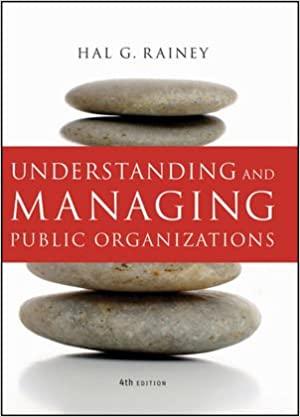Answered step by step
Verified Expert Solution
Question
1 Approved Answer
3. The minor-league professional baseball organization is looking to potentially start up ONE new team, with a mascot of a Bulldog. They are researching two
3. The minor-league professional baseball organization is looking to potentially start up ONE new team, with a mascot of a Bulldog. They are researching two cities and trying to decide IF they should put a team in either of these two cities. They will invest $60,000 marketing to advertise in either city. For Springfield, they believe that they can sell 40,000 tickets in the season if the fans love the Bulldogs, and only 25,000 tickets if the fans aren't that interested in the team. The tickets in Springfield would sell for $10 each. The other city they are considering is Johnsonville, where tickets would sell for $11 each. If the Johnsonville fans are excited about the team, they believe that they will sell 38,000 tickets, and if the fans don't really like the Bulldogs, that they will likely sell 26,000 tickets. They think that with their marketing budget, that they have a 60% chance of the fans loving the team, and a 40% chance that the fans won't be that excited to have the Bulldogs come to town.
a) What should the
organization do? Explain your choice. (Note: this is an EMV problem - an analysis of expected PROFIT) [Hint: figure out the profit for each scenario, then apply the probabilities to get the overall expected profit for each city.]
b) If to achieve these ticket sales levels, it required a marketing investment of $400,000 (instead of $60000), what should the team do then? Explain your choice.
For some further learning on costs: Total Cost = Fixed Cost + Total Variable Cost Total Variable cost is the cost per unit multiplied by the number of units. For example, you want to calculate the total cost of going to the grocery store to buy 10 bags of potato chips. The cost in gas and time to go to the store is $5 - this is the fixed cost. You do this once regardless of how many bags of chips you buy on that trip. The cost per unit would be that the chips are $3/bag. Your total cost to buy 10 bags of chips is then $5 + 10 bags * $3/bag = $5+ 30 = $35

Step by Step Solution
There are 3 Steps involved in it
Step: 1

Get Instant Access to Expert-Tailored Solutions
See step-by-step solutions with expert insights and AI powered tools for academic success
Step: 2

Step: 3

Ace Your Homework with AI
Get the answers you need in no time with our AI-driven, step-by-step assistance
Get Started


